
|
Astronomy Picture Of the Day (APOD)
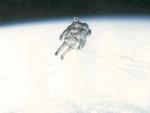 To Fly Free in Space
To Fly Free in Space
24.09.2002
What would it be like to fly free over the seas and clouds of Earth? The first to experience such an "untethered space walk" were NASA astronauts Bruce McCandless and Robert Stewart during Space Shuttle mission 41-B in 1984.
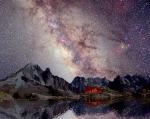 The Milky Way Over Mount Blanc
The Milky Way Over Mount Blanc
23.09.2002
Have you ever seen the band of our Milky Way Galaxy? Chances are you have never seen it like this -- nor could you. In a clear sky from a dark location at the right time, a faint band of light is visible across the sky. This band is the disk of our spiral galaxy.
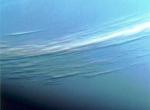 Two Hours Before Neptune
Two Hours Before Neptune
22.09.2002
Two hours before closest approach to Neptune in 1989, the Voyager 2 robot spacecraft snapped this picture. Clearly visible for the first time were long light-colored cirrus-type clouds floating high in Neptune's atmosphere. Shadows of these clouds can even be seen on lower cloud decks.
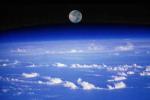 Moonset, Planet Earth
Moonset, Planet Earth
21.09.2002
During the Astro-1 astronomy mission of December, 1990, Space Shuttle astronauts photographed this stunning view of the setting full moon poised above the Earth's limb. In the foreground, towering clouds of condensing water vapor mark the extent of the troposphere, the lowest layer of the planet's life-sustaining atmosphere.
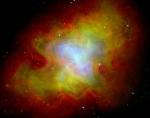 The Crab Nebula Pulsar Shrugs
The Crab Nebula Pulsar Shrugs
20.09.2002
How does a city-sized neutron star power the vast Crab Nebula? The expulsion of wisps of hot gas at high speeds appears to be at least part of the answer. Yesterday time-lapse movies taken...
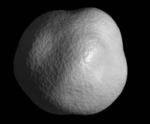 Asteroid 1998 KY26
Asteroid 1998 KY26
19.09.2002
A day is just under 11 minutes long on 1998 KY26, a 30 meter wide, fast-spinning, water-rich asteroid. This computer simulated view of its lumpy surface has a resolution of about 3 meters and is based on radar and optical observations (click on the image for a series of surface views).
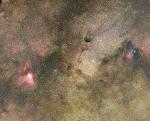 APOD: 2002 September 18- A Sagittarius Starscape
APOD: 2002 September 18- A Sagittarius Starscape
18.09.2002
Many vast star fields in the plane of our Milky Way Galaxy are rich in clouds of stars, dust, and gas. First and foremost, visible in the above picture are millions of stars, many of which are similar to our Sun.
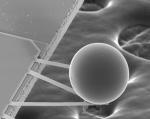 A Force from Empty Space: The Casimir Effect
A Force from Empty Space: The Casimir Effect
17.09.2002
This tiny ball provides evidence that the universe will expand forever. Measuring slightly over one tenth of a millimeter, the ball moves toward a smooth plate in response to energy fluctuations in the vacuum of empty space.
 An Atlas V Rocket Prepares to Launch
An Atlas V Rocket Prepares to Launch
16.09.2002
The first launch of an Atlas V rocket occurred last month. The Atlas V, built by Lockheed Martin, is the first rocket in the U. S. Air Force's Evolved Expendable Launch Vehicle program. Rockets in this program can carry increasingly heavy payloads by just adding more boosters.
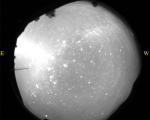 Zodiacal Light and the False Dawn
Zodiacal Light and the False Dawn
15.09.2002
An unusual triangle of light will be particularly bright near the eastern horizon before sunrise during the next two months for observers in Earth's northern hemisphere. Once considered a false dawn, this triangle of light is actually Zodiacal Light, light reflected from interplanetary dust particles.
|
January February March April May June July August September October November December |
||||||||||||||||||||||||||||||||||||||||||||||||||||||||